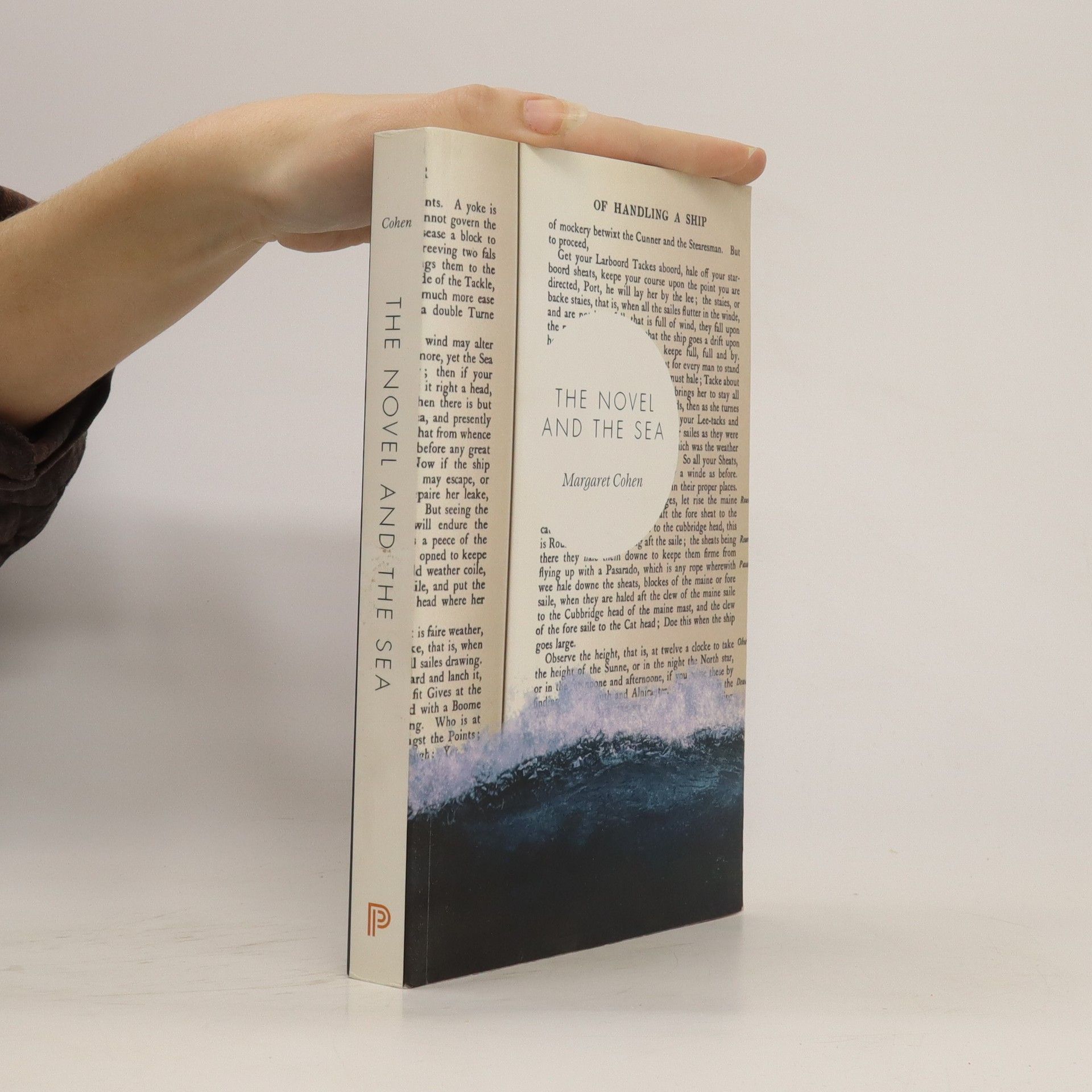The novel and the sea
- 328pagine
- 12 ore di lettura
Examining works across two centuries, this book recounts the novel's rise, told from the perspective of the ship's deck and the allure of the oceans in the modern cultural imagination.


Examining works across two centuries, this book recounts the novel's rise, told from the perspective of the ship's deck and the allure of the oceans in the modern cultural imagination.
In The Underwater Eye, Margaret Cohen explores how modern diving equipment and movie camera technology have transformed underwater filmmaking, allowing filmmakers to capture new imagery of the seas and expand popular imagination. By innovating in one of the most challenging film environments, filmmakers have harnessed the emotional power of the underwater world to create visions of horror, tragedy, adventure, beauty, and surrealism, influencing public perceptions of ocean reality. The narrative spans from J. E. Williamson, who developed the first undersea film technology in 1914, to Wes Anderson, who filmed underwater scenes in a pool for his 2004 film. The book illustrates how the unique qualities of underwater optics have shaped liquid fantasies for over a century. It delves into documentaries by Jacques Cousteau, Louis Malle, and Hans Hass, as well as art films by Man Ray and Jean Vigo, alongside popular movies and TV shows like 20,000 Leagues Under the Sea, Creature from the Black Lagoon, Sea Hunt, the Bond films, Jaws, The Abyss, and Titanic. Through its exploration of the cultural impact of underwater filmmaking, the book raises important questions about film's role in connecting the public with the ocean, a crucial front in the fight against climate change.